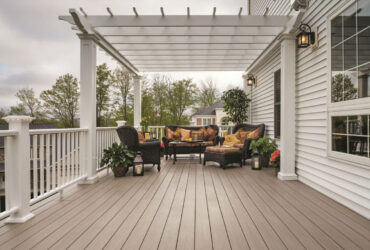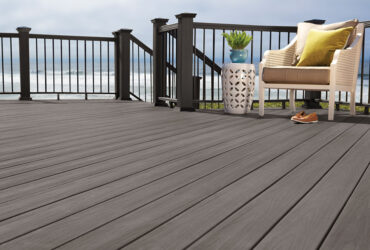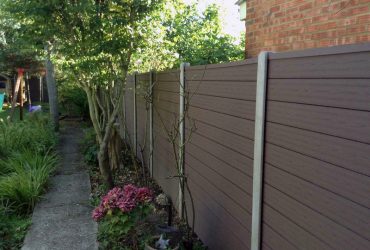Co-extruded Multilayer Wood-plastic Composites
Co-extrusion technology is one of the more commonly used processing methods in the polymer processing industry. It is widely used in the processing and preparation of plates, pipes, profiled materials and composite films. It is one of the raw materials for preparing wood-plastic composite materials. It is a thermoplastic plastic, so that co-extrusion technology can be applied in the preparation of wood-plastic composite materials. In recent years, some domestic and foreign research institutions have carried out research on co-extruded wood-plastic composite materials, and made related reports.
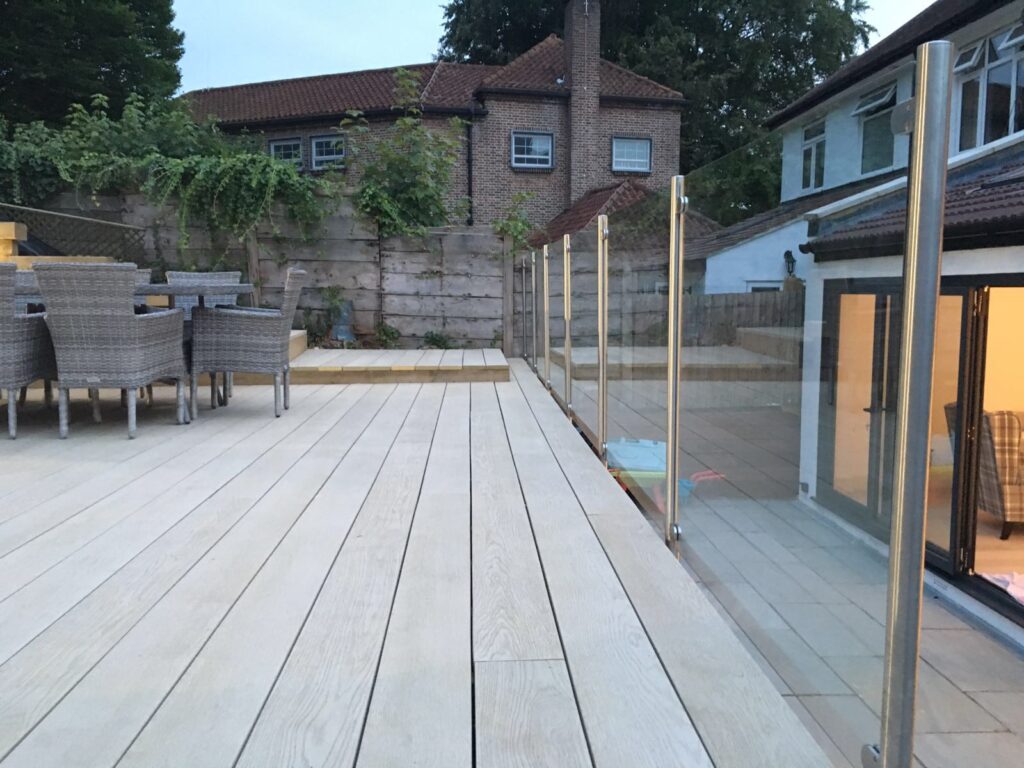
Some scholars have prepared high-density polyethylene (HDPE) or PP as the surface layer, and the co-extruded wood-plastic composite material with HDPE-based wood-plastic composite material as the core layer. Compared with HDPE-based wood-plastic composites without surface structure, it is found that the water resistance of co-extruded WPC is significantly enhanced, and the effect of improving aging resistance is not significant. Among them, the coextruded WPC with pure PP as the surface layer has higher cracking degree and color degradation than PE-based single-layer and coextruded composite materials, which may be caused by PP being more easily oxidized. After the aging test, the flexural modulus of both groups of composites decreased, but the flexural strength increased.
In order to further improve the aging resistance of co-extruded WPC,In subsequent studies, they added nano-iron dioxide and light stabilizers to the surface of the composite material,Through the characterization of Fourier transform infrared and photoelectron spectroscopy, it was found that the degradation degree and oxidation rate of lignin at the interface junction of co-extruded WPC were significantly slowed down,This shows that the pure HDPE surface layer has a protective effect on the core layer of the composite material, which improves the aging resistance of the overall composite material. Adding TiO2 or light stabilizer alone can effectively inhibit the cracking and fading of the composite material, but when the two types of additives are added at the same time, the comprehensive performance of the composite material is reduced.
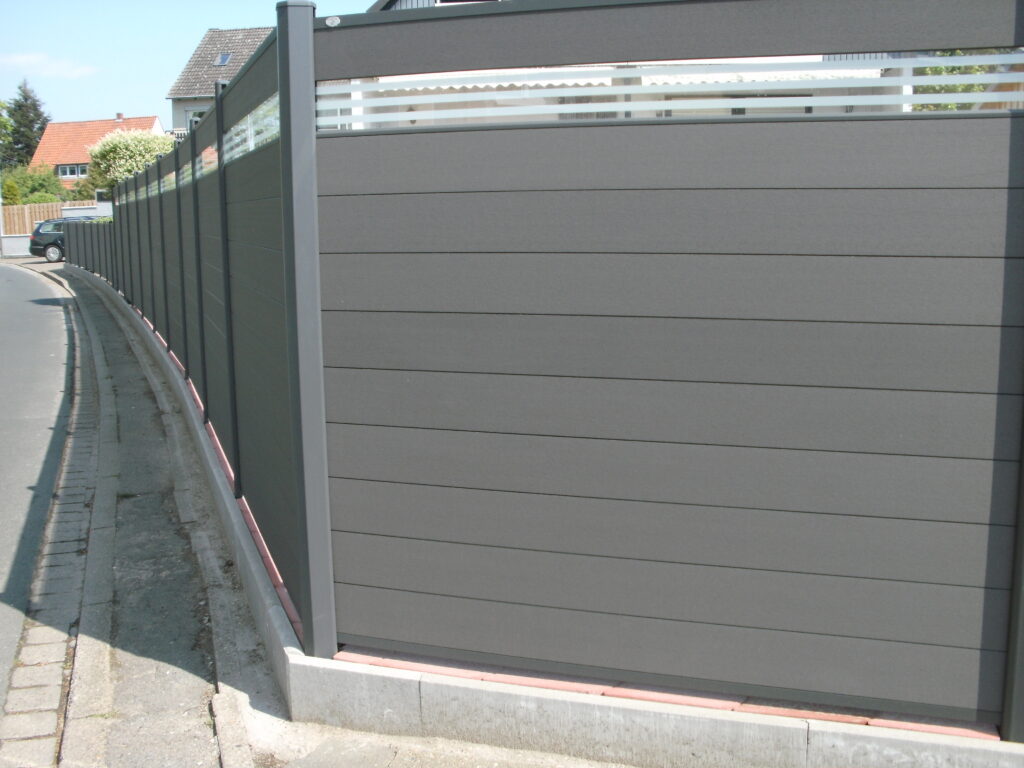
Other scholars have also invented a multi-layer wood-plastic composite material board composed of a solid wood-plastic surface layer, a porous wood-plastic sandwich layer and a solid wood-plastic core layer. The surface layer of solid wood-plastic composite material is composed of modified wood powder, polyethylene, compatibilizer and functional additives; the porous wood-plastic sandwich layer is composed of modified wood powder, polyethylene, compatibilizer, foaming agent and talcum powder; The solid wood-plastic core layer is composed of modified wood powder, polyethylene, compatibilizer, calcium carbonate powder, stearic acid, and chlorinated polyethylene. It is prepared by merging and co-extruding different melt streams in a compound head. Its advantage is that the composite material has high surface strength and hardness, high rigidity, low density, and strong nail-holding force.
In summary, through scientific and reasonable design and combination of core and surface materials, multilayer composites can be endowed with good aging resistance, mechanical properties and dimensional stability.

